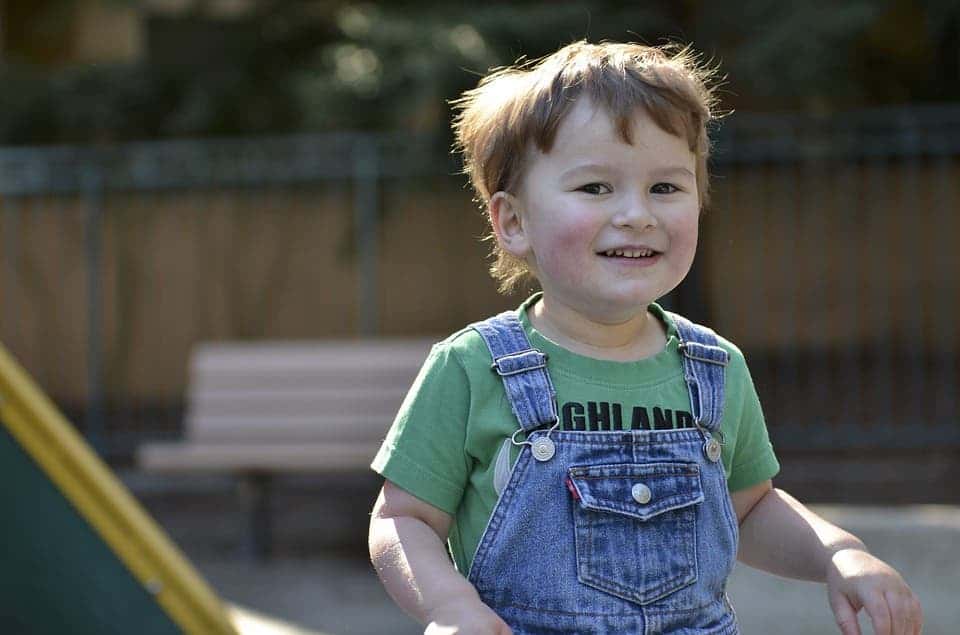Over the past two decades, surveys have shown autism spectrum disorder (ASD) rates in U.S. children had been steadily increasing. After all these years, however, it seems like the number of American kids diagnosed with ASD has finally started to level off, according to a new study published in JAMA.
Autism flatline
Researchers at the University of Iowa contacted the families of more than 30,000 children aged 3 to 17 from across the country. The adults of the households were asked between 2014 and 2016 whether or not a doctor had ever informed them that their child had some form of ASD.
[panel style=”panel-success” title=”What is autism? ” footer=””]Autism spectrum disorder (ASD) is a developmental disability that is caused by differences in how the brain functions. People with ASD may communicate, interact, behave, and learn in different ways.[/panel]
The nationally representative sample was adjusted for differences in age, gender, and ethnicity, ultimately showing that between 2014 and 2016 autism rates had plateaued relative to the ASD rates reported in previous years. Specifically, in 2014, 2.24% of the participants had ASD, compared to 2.41% and 2.56% in 2015 and 2016 respectively. There’s a slight upward trend but not enough to be statistically significant, the authors of the new paper reported. As such, the team concluded that there was no apparent increase over the three year study period in the frequency of ASD.
One big caveat is that these ASD diagnoses were self-reported rather than measured directly by a trained health worker. This also explains why the survey’s established autism prevalence rate of ~2.4% is significantly higher than the Autism and Developmental Disabilities Monitoring (ADDM) Network estimate of 1.46%. The latter assessment employs data from education and health-care evaluations rather than diagnoses reported by parents and caretakers.
The results do seem to concur with other surveys that also established a plateau since 2012. For instance, the ADDM Network found ASD rates had flatlined between 2010 and 2012, after spectacularly increasing ~123% between 2002 and 2010. Across a mere 10-year period (1993 to 2003), the U.S. Department of Education informed of a 657 percent increase in the nationwide rate of autism. In 1966, researchers estimated that about 1 in 2,500 children had autism. Today, the Centers for Disease Control and Prevention (CDC) estimates that 1 in 68 children in the U.S. have autism. This huge uptick led some people to claim that we’re dealing with an ‘autism epidemic’.
Since this is a descriptive study, the authors did not attempt to establish a causal relationship that might explain the findings. Experts, however, say that the bulk of ASD diagnoses can be pinned to a growing awareness of autism and changes to the condition’s diagnostic criteria, though genetic and environmental risk factors may also play a role. Our definition of autism has changed considerably since the diagnosis was first coined in 1943 by Leo Kanner and the autism spectrum has widened considerably.
By no means do vaccines cause autism — an anti-scientific claim that is already causing many problems, not just in the US, but around the world, with many parents now refusing to vaccinate their children. Studies have shown that there is no link between receiving vaccines and developing ASD.










